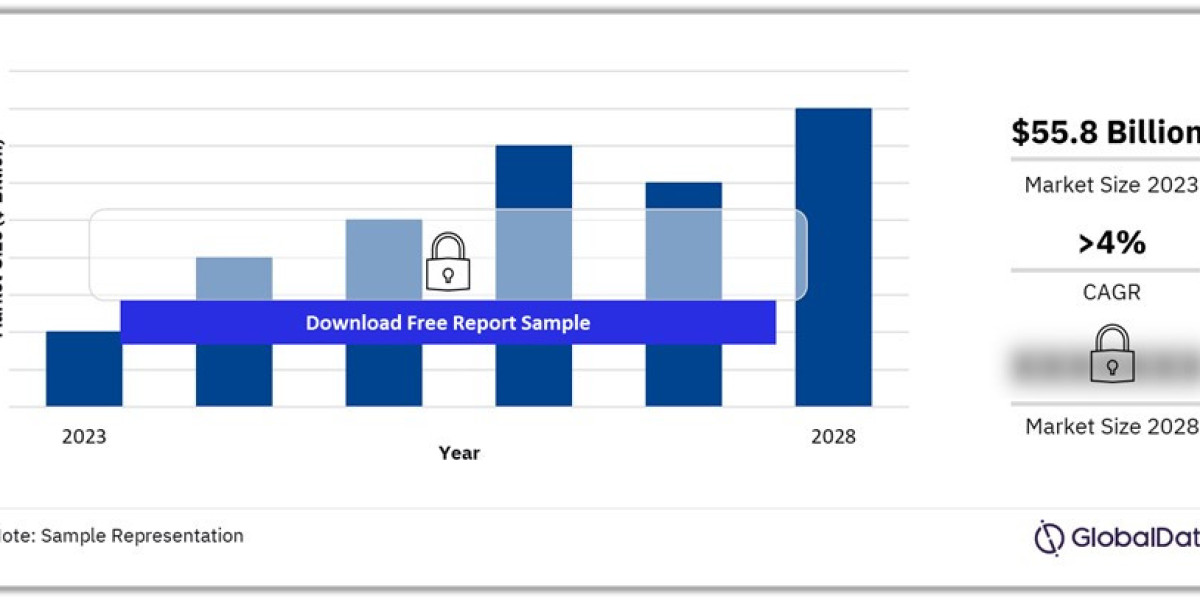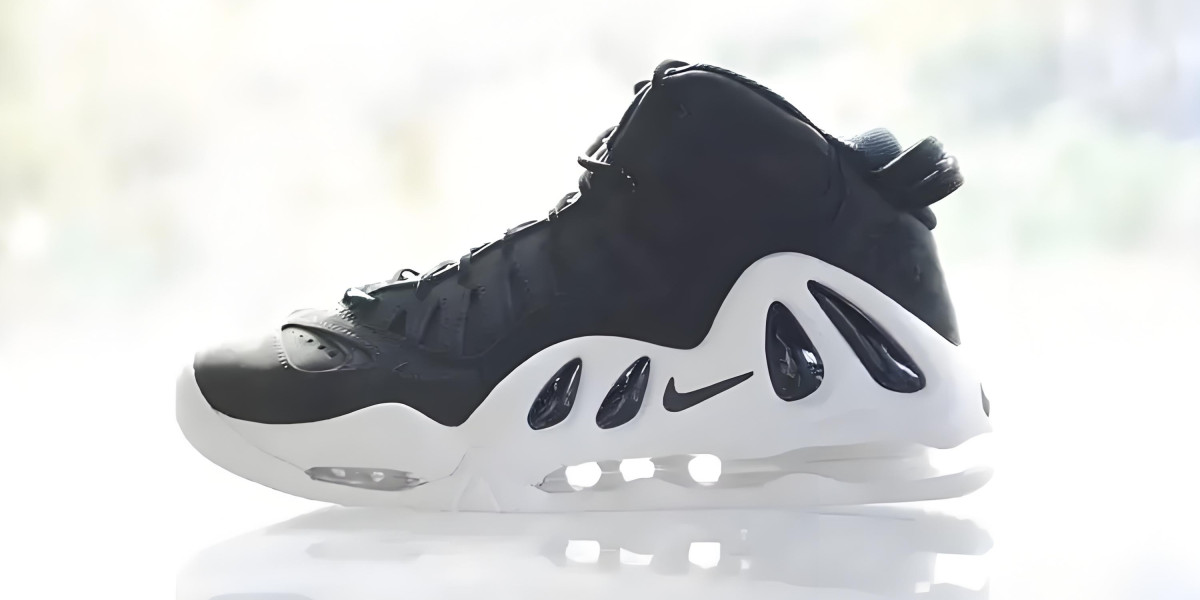The fragrances market is a thriving sector of the global beauty and personal care industry, playing a significant role in shaping consumer preferences and lifestyle choices. Over the past decade, the demand for perfumes, colognes, and other scented products has experienced steady growth, driven by factors such as rising disposable income, increasing awareness of personal grooming, and a growing preference for premium and luxury products. This article explores the current trends, market dynamics, and future prospects of the global fragrances market.
1. Current Market Trends
a. Rising Demand for Natural and Organic Fragrances
With growing concerns about health and the environment, consumers are increasingly opting for natural and organic fragrances. These products are free from harmful chemicals, synthetic additives, and artificial preservatives, making them a healthier choice. Brands are responding by launching new lines of eco-friendly and sustainable fragrances, using natural ingredients such as essential oils, plant extracts, and herbs.
b. Popularity of Niche and Artisan Fragrances
Niche and artisan fragrances have gained significant traction among consumers who seek unique and personalized scents. Unlike mass-market perfumes, niche fragrances are often crafted in small batches using high-quality, rare ingredients. This segment of the market appeals to consumers looking for exclusivity and authenticity in their scent choices.
c. Gender-Neutral Fragrances
The trend towards inclusivity and diversity is also evident in the fragrances market, with a rising demand for gender-neutral or unisex fragrances. These scents are designed to appeal to both men and women, breaking away from traditional gender-specific categories. Gender-neutral fragrances typically feature balanced compositions, blending floral, woody, and citrus notes to create a versatile scent profile.
d. E-commerce and Digital Marketing
The increasing use of e-commerce platforms and digital marketing strategies has revolutionized the way fragrances are marketed and sold. Online shopping offers consumers convenience, a wider variety of options, and access to reviews and recommendations. Social media platforms, influencer collaborations, and virtual reality scent experiences are also enhancing brand visibility and consumer engagement.
2. Market Dynamics
a. Market Size and Growth
The global fragrances market is expected to continue its upward trajectory, with significant growth projected in the coming years. According to market research reports, the fragrances market was valued at approximately $52 billion in 2022 and is anticipated to reach over $70 billion by 2028, growing at a compound annual growth rate (CAGR) of around 5%.
b. Regional Insights
- North America: The North American market remains strong, driven by high consumer spending power, a well-established beauty industry, and a growing preference for premium fragrances. The United States is a key market, with significant contributions from luxury brands and celebrity-endorsed fragrances.
- Europe: Europe is another dominant player in the global fragrances market, with countries like France, Italy, and the United Kingdom leading the way. The region's rich heritage in perfumery, coupled with a strong demand for luxury and artisanal scents, continues to fuel market growth.
- Asia-Pacific: The Asia-Pacific region is witnessing rapid growth, supported by rising disposable incomes, urbanization, and a growing middle class. China, India, and Japan are the major contributors to the market expansion, with increasing consumer awareness of personal grooming and a shift towards premium products.
- Middle East and Africa: The Middle East and Africa region is characterized by a strong cultural affinity for fragrances, with a preference for oud-based and oriental scents. The market in this region is driven by both local and international brands, catering to the high demand for luxury and niche fragrances.
3. Challenges in the Fragrances Market
a. Regulatory Compliance
The fragrances industry faces strict regulations related to the use of certain ingredients and labeling standards. Compliance with these regulations is essential to ensure product safety and gain consumer trust. However, navigating the complex regulatory landscape can be challenging for manufacturers, particularly when expanding into new markets.
b. Counterfeit Products
The prevalence of counterfeit fragrances poses a significant threat to the market. Counterfeit products not only damage the reputation of legitimate brands but also pose health risks to consumers. To combat counterfeiting, companies are investing in advanced packaging solutions, authentication technologies, and awareness campaigns.
c. Changing Consumer Preferences
Consumer preferences in the fragrances market are constantly evolving, influenced by factors such as cultural shifts, fashion trends, and lifestyle changes. Brands need to stay attuned to these changes and adapt their product offerings accordingly to remain relevant and competitive.
4. Future Prospects and Opportunities
a. Innovation and Product Development
Innovation will continue to be a key driver of growth in the fragrances market. Companies are investing in research and development to create novel fragrance compositions, sustainable packaging, and innovative delivery formats such as solid perfumes, fragrance oils, and wearable scent devices. Customization and personalization will also play a significant role in catering to individual consumer preferences.
b. Expansion into Emerging Markets
Emerging markets in Asia, Latin America, and Africa present significant growth opportunities for the fragrances industry. As consumer purchasing power increases and awareness of personal grooming rises, these regions offer a fertile ground for market expansion. Brands that tailor their marketing strategies and product offerings to suit local preferences and cultural nuances will be well-positioned to capture market share.
c. Sustainability and Ethical Practices
Sustainability and ethical practices are becoming increasingly important in the fragrances market. Consumers are looking for brands that prioritize environmentally friendly sourcing, cruelty-free testing, and transparent supply chains. Companies that embrace sustainability initiatives and communicate their commitment to ethical practices will build brand loyalty and attract environmentally conscious consumers.
Buy the Full Report for More Insights on the Fragrances Market Forecasts, Download a Free Sample Report



